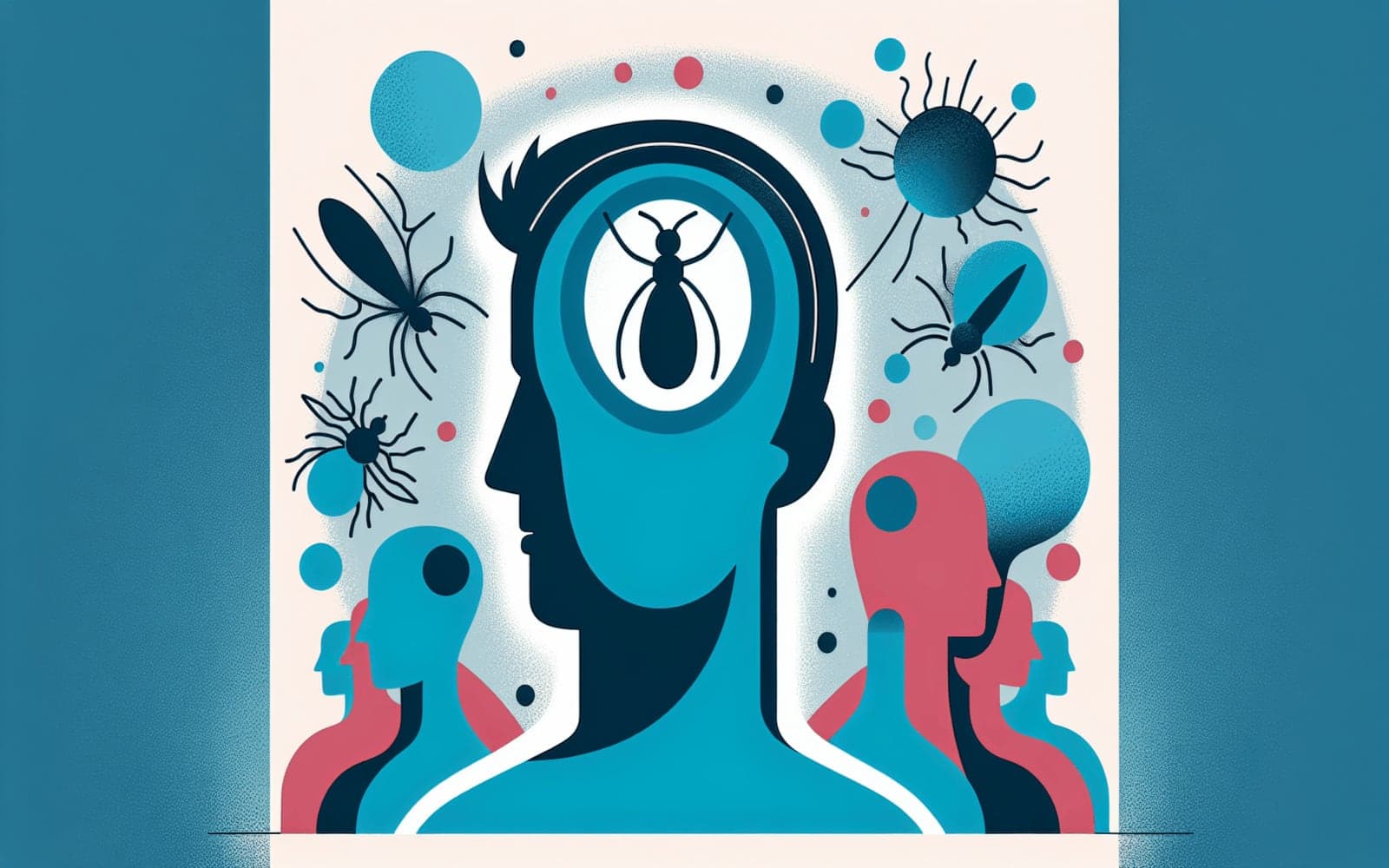Cracking the Case: How to Detect Head Lice
Published: Nov 10, 2023
Detecting head lice early is crucial for effective treatment and preventing spread. But these tiny insects can be tricky to spot. Let's explore the best methods for uncovering these elusive invaders.
Contents
Visual Inspection: The First Line of Defense
A thorough visual inspection is the starting point for detecting head lice. Part the hair in small sections, especially near the scalp, behind the ears, and at the nape of the neck. Look for tiny, grayish-white eggs (nits) attached to hair shafts, or small, grayish insects about the size of a sesame seed. Good lighting is essential, and a magnifying glass can be helpful. Remember, dandruff or hair product residue can be mistaken for nits, but these will brush off easily unlike nits.
Wet Combing: The Gold Standard
Wet combing is considered the most effective method for detecting an active lice infestation. Start by wetting the hair and applying conditioner, which helps immobilize the lice. Use a special fine-toothed 'nit comb' to comb through small sections of hair from scalp to end. Wipe the comb on a white tissue after each stroke and look for lice or nits. This method is more sensitive than visual inspection alone, with studies showing it can detect infestations that visual checks miss.

Professional Diagnosis
If you're unsure about what you've found, or if you've been unable to detect lice despite persistent symptoms, consult a healthcare professional. They can perform a thorough examination and may use additional tools like a Wood's lamp, which causes nits to fluoresce a pale blue color. In some cases, they might use dermoscopy, a technique that allows for magnified visualization of the scalp and hair.
Frequently Asked Questions
Weekly during outbreaks, otherwise monthly is usually sufficient.
A fine-toothed 'nit comb' is much more effective.
Adult lice are visible, but can be hard to spot without close inspection.
No, lice are diagnosed through physical examination, not blood tests.
Key Takeaways
With the right techniques and a bit of patience, you can become a pro at detecting head lice, leading to quicker treatment and peace of mind.
Unsure if what you're seeing is lice? Consult Doctronic, your AI doctor, for guidance on identifying and confirming a lice infestation.Related Articles
References
Jahnke C, Bauer E, Hengge UR, Feldmeier H. Accuracy of diagnosis of pediculosis capitis: visual inspection vs wet combing. Arch Dermatol 2009; 145:309.
Mumcuoglu KY, Friger M, Ioffe-Uspensky I, et al. Louse comb versus direct visual examination for the diagnosis of head louse infestations. Pediatr Dermatol 2001; 18:9.
Always discuss health information with your healthcare provider.

